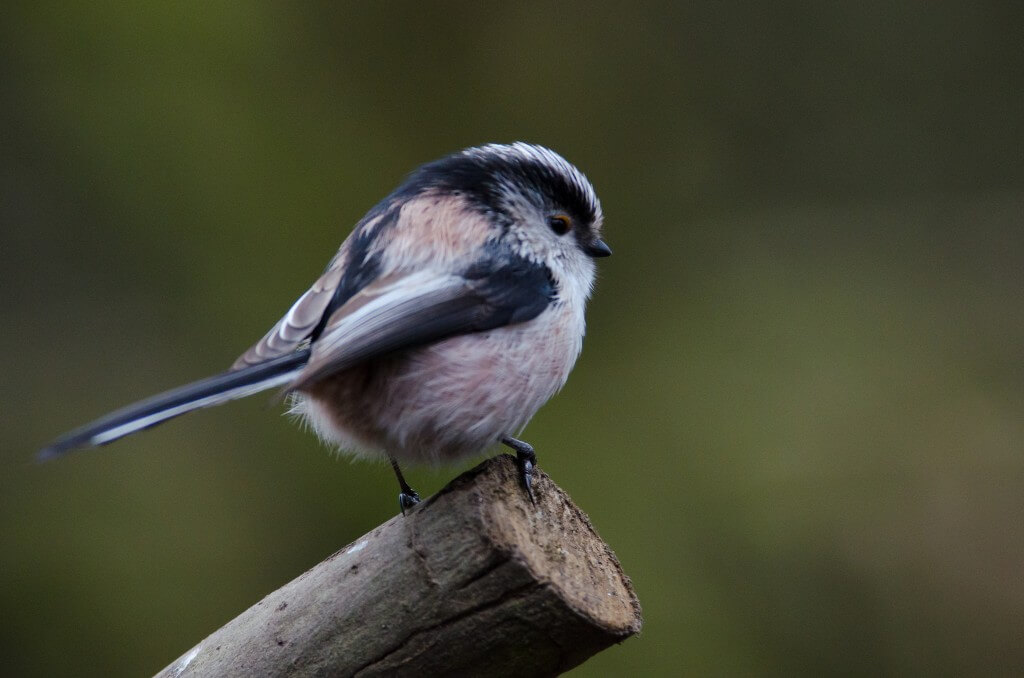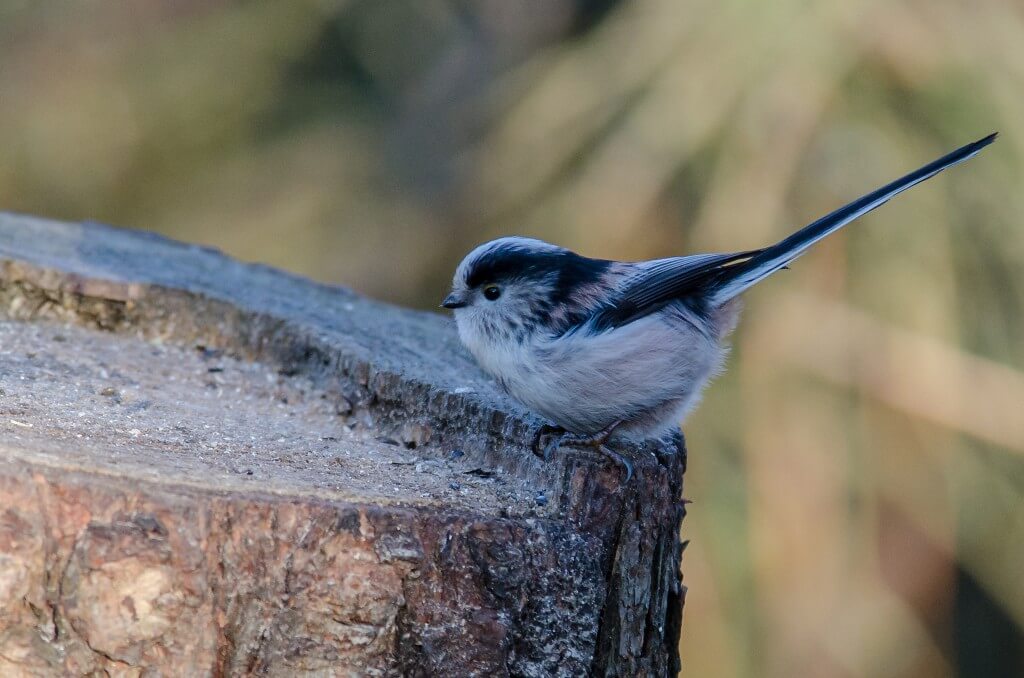
It would be nice if Long-tailed Tits nested in the garden, but they probably won’t. But it would be really nice if they did. I’m trying not to get my hopes up.
There has been a pair feeding on fat balls in the garden for quite a while now – always a pair, so I’m guessing that they are good friends and will be thinking about nesting somewhere together.
At the moment, they seem to appear every hour, almost like clockwork. Today, it has been 10 minutes past the hour – every hour. Now there may well be some confirmation bias going on here, and I may be looking out for them a little harder between 5-past and quarter past each hour, but these tiny birds do seem to have a schedule of wandering around this neighbourhood at the moment – and I’m glad we have a 10-minute slot every hour in their schedule.
I don’t expect they will choose to nest here. I’m not getting my hopes up. Don’t know why I mentioned it really.

[registration_form]
We too have them coming to fat balls, not as regularly as you but most days I’m at home 3 or 4 appear, feed then disappear, often with Coal Tits or a Goldcrest. Yesterday as I left for work there were 7 but I don’t expect then to nest here either, they never have before so it seems unlikely. There visits however are always a joy they are such delightful little birds so I would like them to nest perhaps they will.
My absolute favourite garden bird. Like you we have regular visits – I haven’t timed them but as you say they seem to have a kind of schedule. Until recently we had what I assume was a family group (9 or so) but in the last couple of weeks it’s just been one or two, so I guess the young have dispersed to do their own thing?
I was thinking the same about a week ago but during the week it’s become pretty obvious that our visiting “flying teaspoons” ARE building a nest somewhere south of our garden.
They’re regularly in out garden a-courtin’; and more often than not parachuting down into our log pile to pick out a bit of moss or lichen or a small feather & bouncing off south with it.
Been doing that for a few days now.
I had to check that these birds sometimes started nest-building so early (mid February) but it does seem like they sometimes do.
Allegedly when they start building early, they take their (sweet) time and the whole process can last three weeks! Then I’m told they leave it for a few days before breeding actually starts.
I guess “ours” will fall into that bracket this year.
A lot of fun to watch (and always talking to each other!) with the constant sound of singing goldcrests in our leylandii on backing vocals.
Strangely LTTs have been reluctant to come to my bird feeders until the last couple of years. Now I can have several at once on my fatballs – when they aren’t bounced off by the all the other tits and finches and Greater Spotted Suetpokers and the Suethatches. Or the squirrels that Mrs C tells me to shoot but I pretend not to see. After dark, a rat climbs six feet up the Dipelta bush and gets to the fatballs hanging on the cherry tree via an impossibly thin branch but never appears when I have my trusty Weihrauch loaded. I have been stalking it from the bathroom window for about three weeks and because of its highly calorific diet it has now reached the size of a small dog.
Thanks Mark for the Long-tailed treat.
In 26 years of breeding bird surveys for 70 acres of Midhurst Common, Long-tails have consistently held between two and four territories. Over that time I’ve never found a nest or even its approximate location. That’s good; their competence combined with my incompetence guarantees a minimum level disturbance.
My other deficit is separating the call note from the song. Is there one? According to the BWP, the bird does not have a territorial song.
Well, ‘’The Long-tails have passed by but their voices still ring from the distance, like many tiny, high-pitched electric bells.’’ Len Howard, Birds as Individuals (1953).
A very pleasant an accurate description. But I’m none the wiser. Good luck.
I can hear one calling – or singing – on the feeder as I write this. One of my younger work colleagues takes great pleasure in saying “oh, can you hear the long tailed tits?” every time we encounter them out on site, as he finds it hugely amusing that one of our Directors’ hearing range has lessened as he has got older and therefore he can no longer hear them. Apparently the hearing range loss is more significant in men than women. I do hope it never happens to me….!
After Filberts comments regarding rats I greatly enjoyed Murray’s subsequent comment on long-tails. ” Long-tails” being Yorkshire sland for rats.
Must admit though, I’ve never heard a rat sing!
They shriek, though but, when confronted in a cage trap and given a good ticking-off
There are a few recordings of the ‘song’ on xeno-canto.org
Thanks. Interesting site. Put both the English and Latin names to no avail.
Need to understand the site better.
Hi Murray. Occasionally the site is a bit temperamental (and of course there can be issues when differing common names are used, or whether revisions to scientific names have been adopted or not; not relevant in this case though). This should get you started; http://www.xeno-canto.org/explore?query=long-tailed+Tit
Jim, thanks a lot again. Just registered with this extraordinary site.
It’s a complete joy of a site Murray. I told a musician friend about it and the sounds of Savi’s Warbler and Night Heron promptly made (what I can only assume to be) their first forays into the electronic music scene!
They are fabulous little birds and that seems reason enough to mention them, so I’m glad you did Mark.
When the escalation in the bird food wars with our neighbors meant we had to move onto sunflower hearts to win customers the LTT stayed faithful to the peanuts which most others now ignore so they have a private diner. I tried fat balls as the Greater spotted woodpeckers were missing but I think the fast instant access dispensers for one whole sunflower heart service system means we can service more customers quicker with less time in the checkout/danger zone. I dont think the male sparrow hawk will starve and the female certainly wont judging by all the piles of wood pigeon feather round the neighborhood. and yes they do nest nearby.
Amazingly I have a pair that broke off from the flock as early as 5th February! Garden bird surveys never mention that dates can be found from the garden like the first Song Thrush back in the garden [I live up North!] but they are another indication of earlier springs until you take away the food and then see if the LTTs join the flock again!